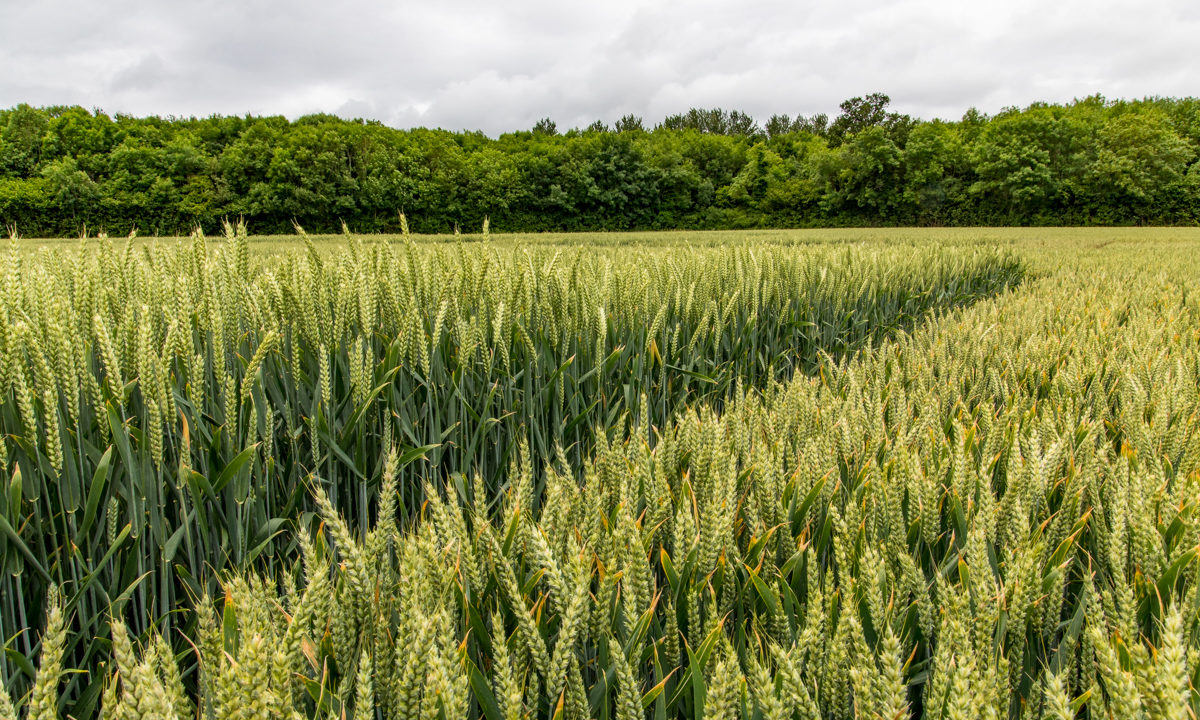A first-of-its-kind analysis of the untapped genetic potential of wheat shows global yields are only half of what they could be.
The team of international experts, led from the UK’s Rothamsted Research, said this ‘genetic yield gap’ could be closed by developing varieties tailored to each region.
In other words, by utilising the vast genetic variation available in global and historical wheat gene banks with modern techniques such as speed breeding and gene editing.
Dr. Mikhail Semenov and Dr. Nimai Senapati, who co-led the study, define a crop’s ‘genetic yield potential’ as the highest yield achievable by an idealised variety.
A plant with an optimal genome allows it to capture water, sunlight and nutrients more efficiently than any other.
Dr. Semenov said: “Current wheat cultivars are, on average, only at the half-way point with respect to the yields they could produce given the mismatches between their genetics and local wheat growing conditions.
“Global wheat production could be doubled by the genetic improvement of local wheat cultivars – without increasing global wheat area.”
Research on wheat
Using existing data on the contribution of different genes to individual plant traits such as size, shape, metabolism and growth, the researchers ran millions of computer simulations to design perfect wheat plants that were tailored to their local environments.
When compared to the performance of locally adapted cultivars, in all cases they found current wheat varieties were underperforming for grain yield, with an obvious ‘genetic yield gap’ between reality and possibility.
According to Dr. Senapati, closing the genetic yield gap would go a long way to feeding the growing world population and would reduce pressure to convert wild habitats to farmland.
Using a state-of-the-art wheat model, called Sirius, the team first calculated the potential yield from a total of 28 commonly used wheat varieties grown at a number of sites around the world, assuming the best possible cultivation conditions for each one.
This gave harvests of less than 4t in Australia and Kazakhstan, compared with 14t of wheat produced per hectare in New Zealand.
Next, they designed ‘idealised’ local varieties within their model, which optimised several plant traits that contribute to yield and whose underlying genetics will allow them to be improved by plant breeders.
Simulations were based on extensive data on the natural genetic variation underpinning the traits.
These included tolerance and response to drought and heat stresses, the size and orientation of the light-capturing upper leaves, and the timing of key life cycle events.
The results showed that by optimising these key traits, genetic yield gaps could be anywhere from 30-70% across different countries, with a global average genetic yield gap of 51%.
Therefore, global wheat production could be doubled by exploiting this existing genetic yield gap towards achieving global food security in a sustainable way, according to the researchers.
Dr. Senapati explained:
“Not unsurprisingly, the countries with the lowest current yields could gain the most from closing their genetic yield gaps.
“That said, even improvements in those countries with a medium genetic yield gap of 40% to 50%, but with a large proportion of the global wheat harvest, would have a substantial effect on global wheat production due to the larger wheat cultivation areas involved.”

